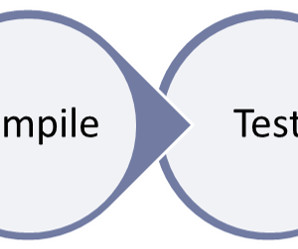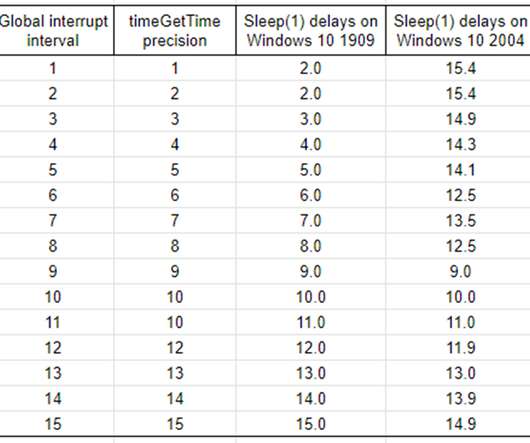What Adrian Did Next?—?Part 2?—?Sun Microsystems
Adrian Cockcroft
JUNE 21, 2022
Photo by Adrian I spent six years at Cambridge Consultants, building some interesting systems, managing our Sun workstations and learning a lot, but by then Sun had opened a sales office across the street, and I wanted to find out what they were going to release next, before everyone else. as a result there were product and messaging changes.













Let's personalize your content